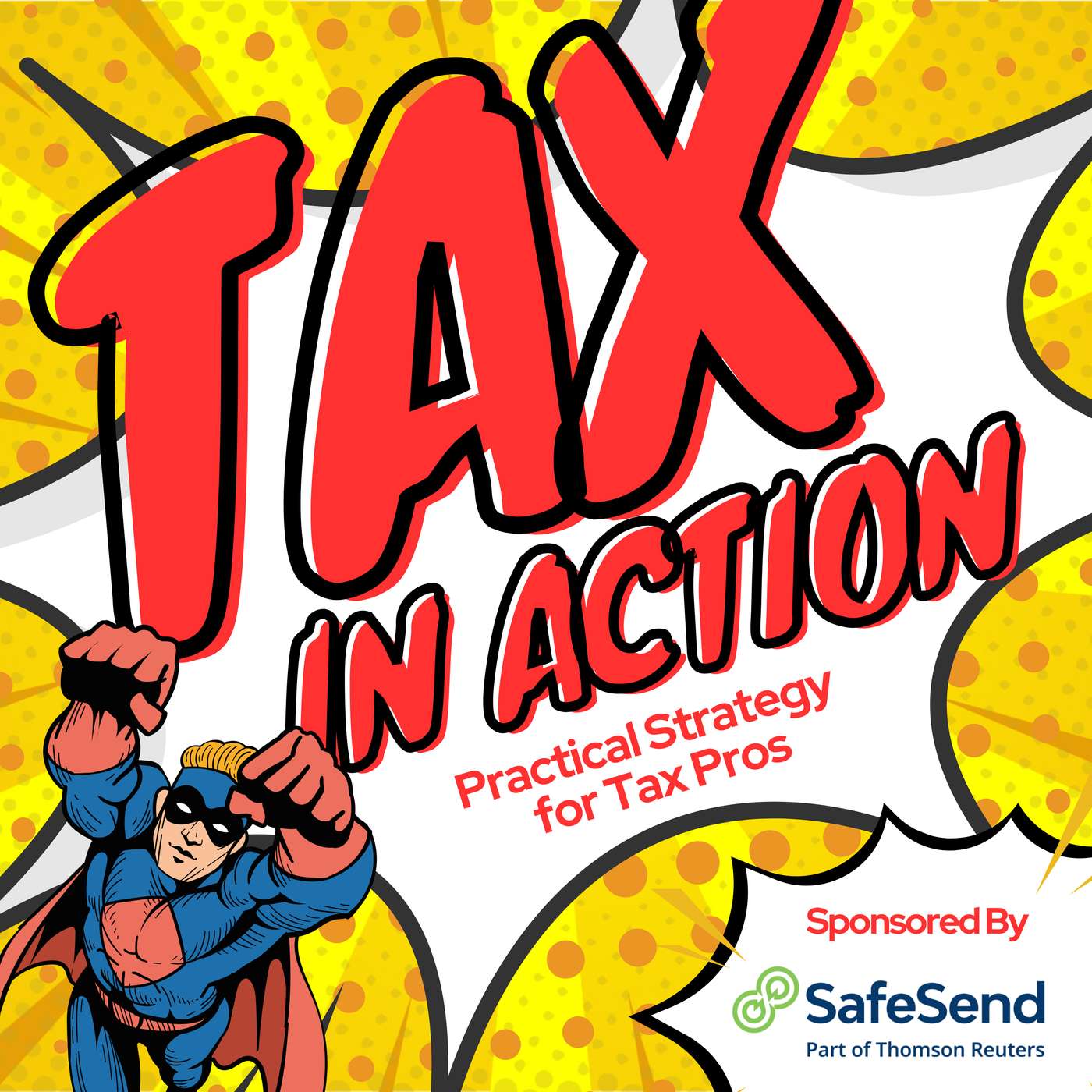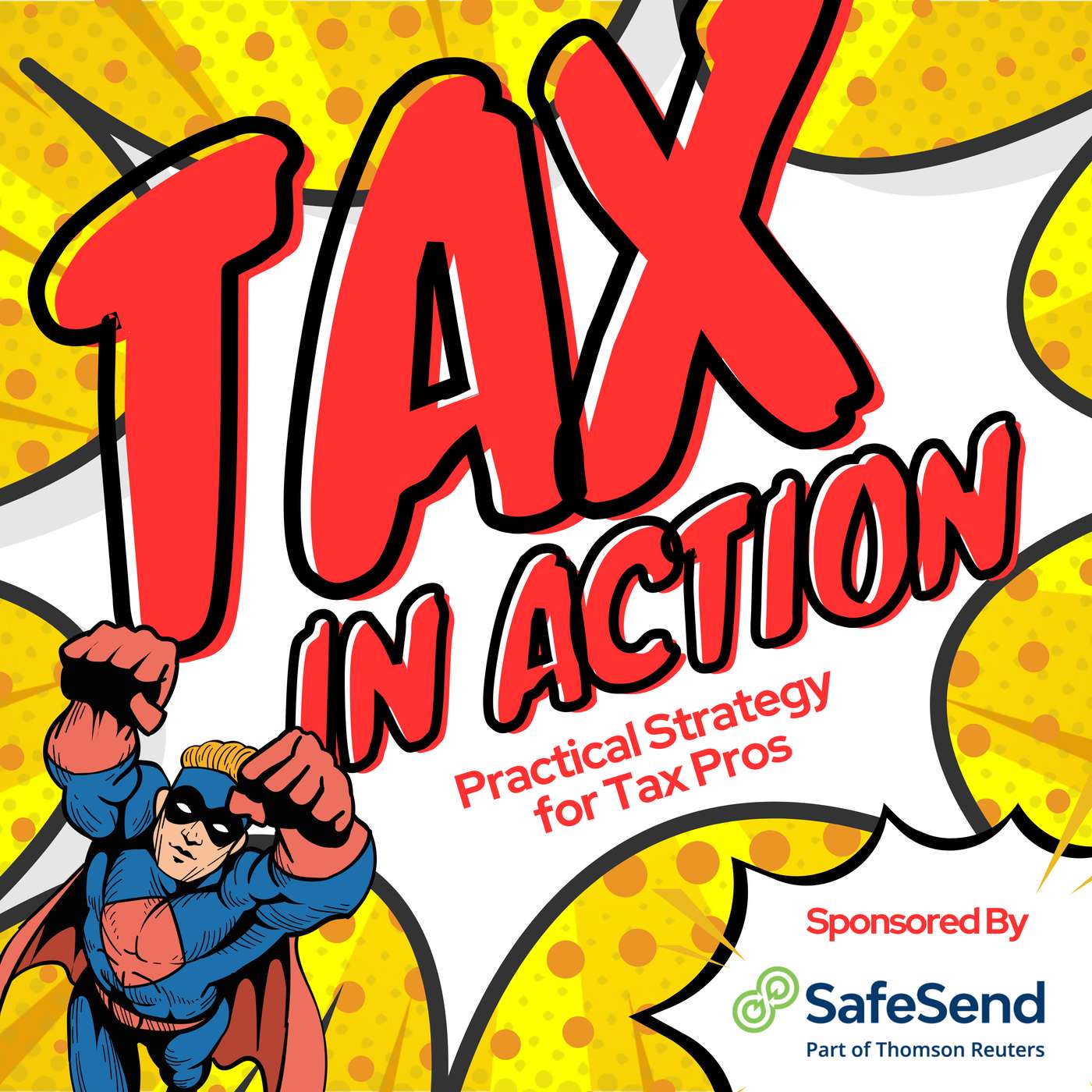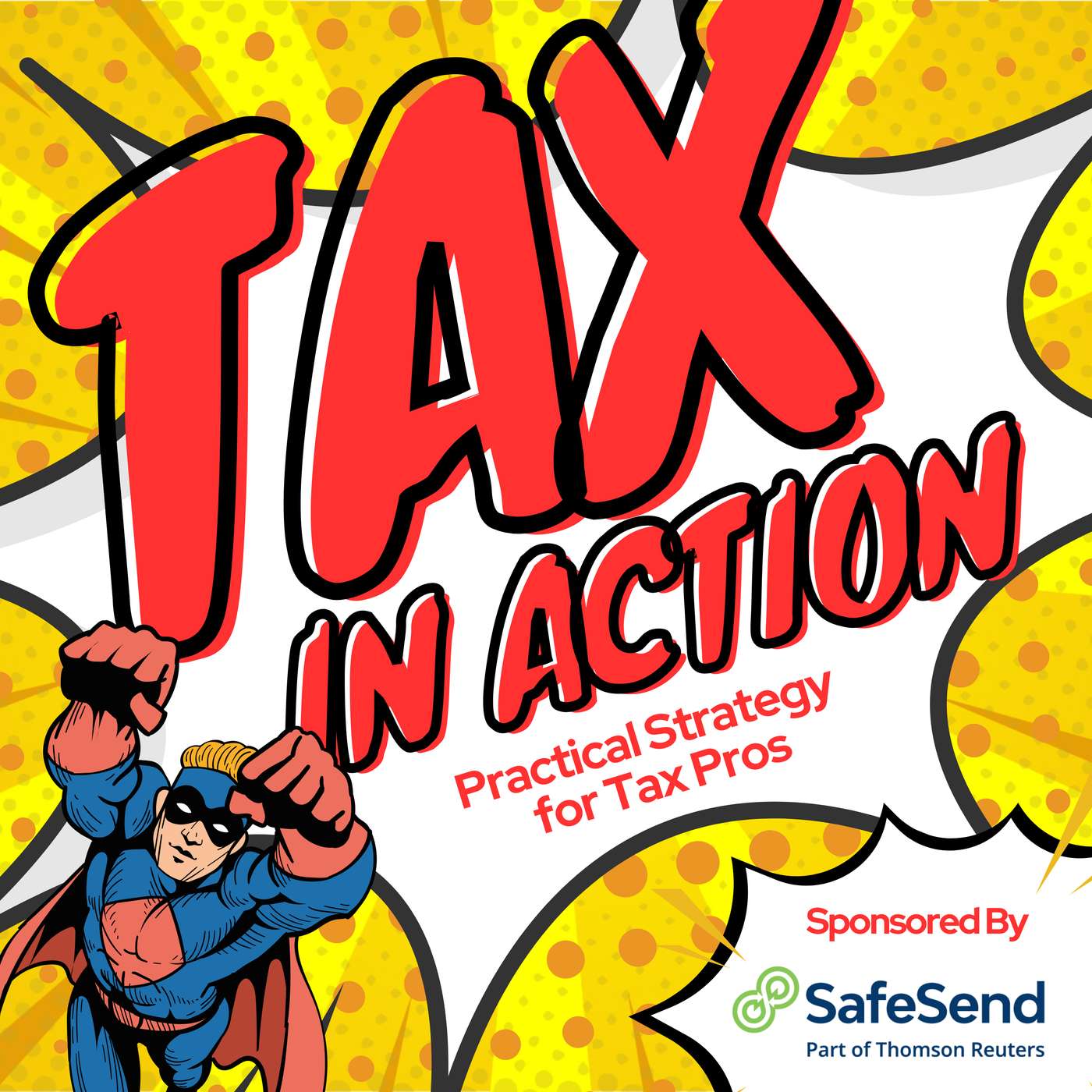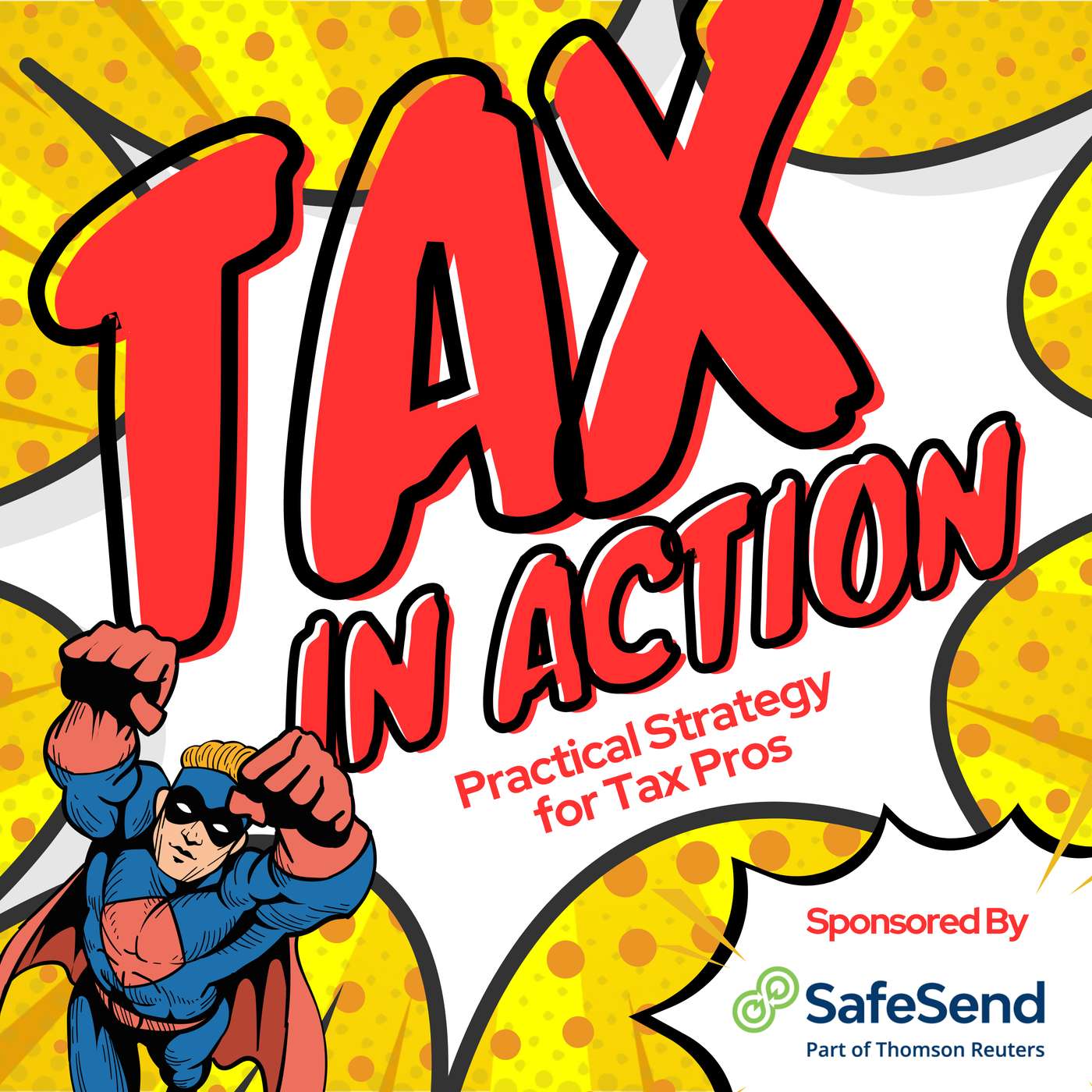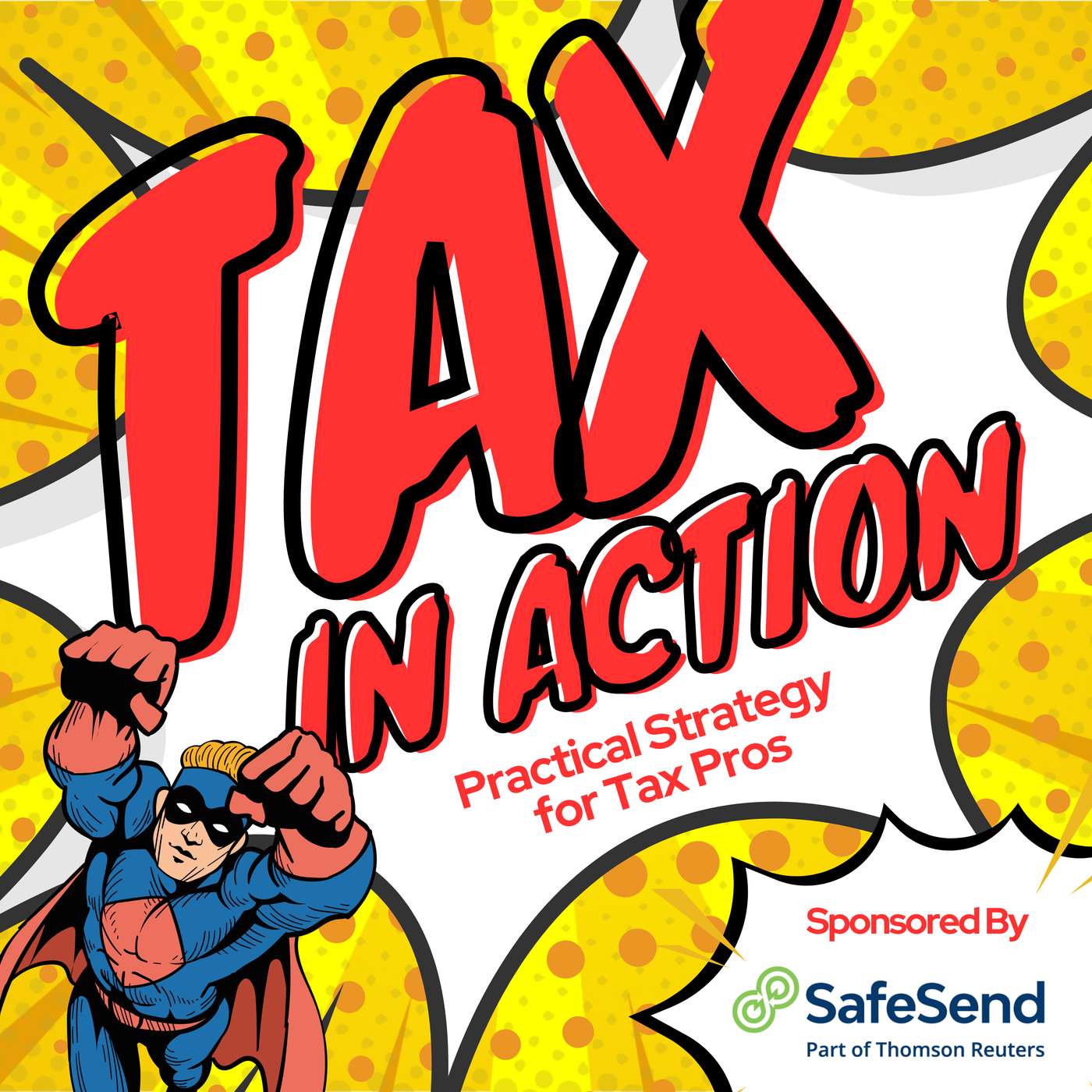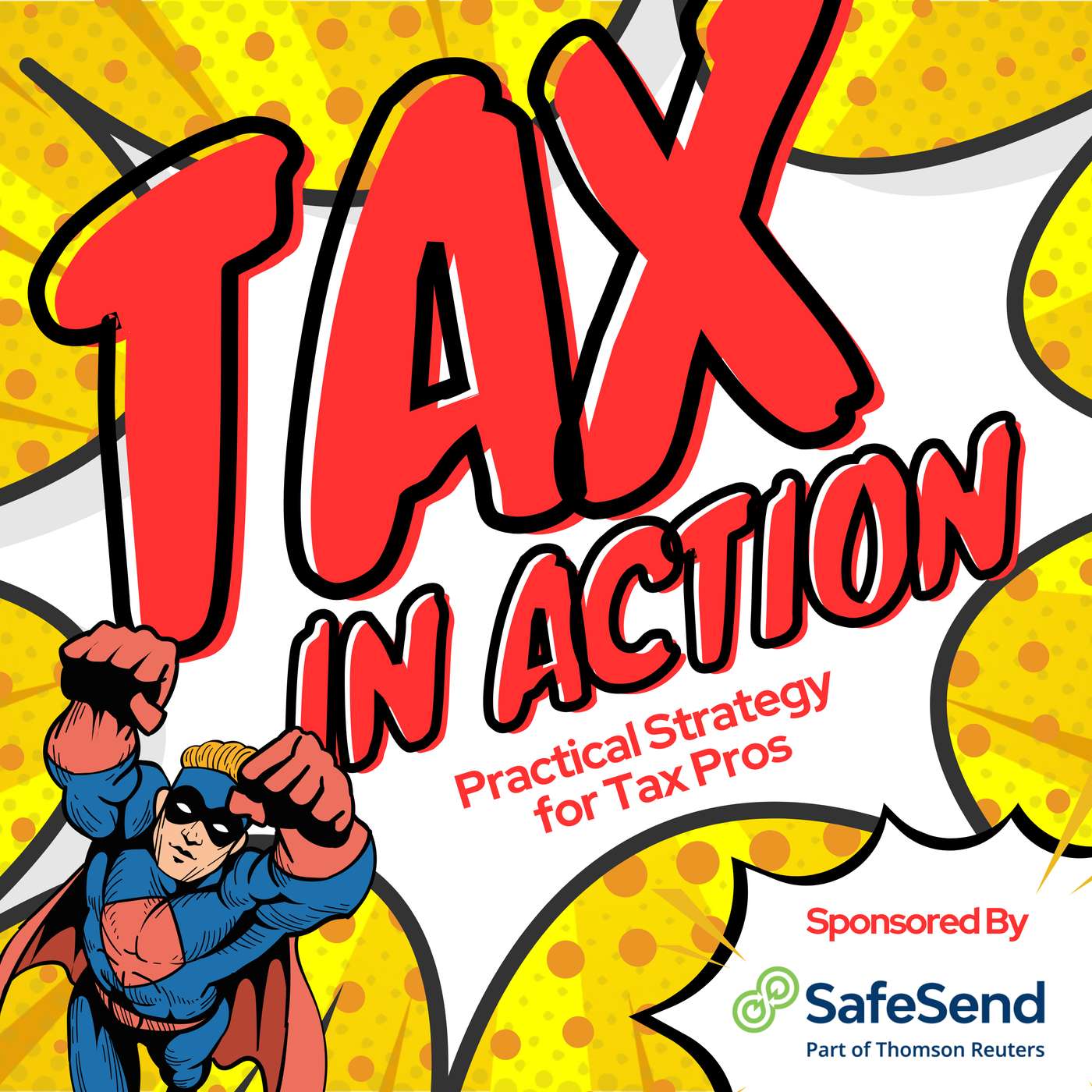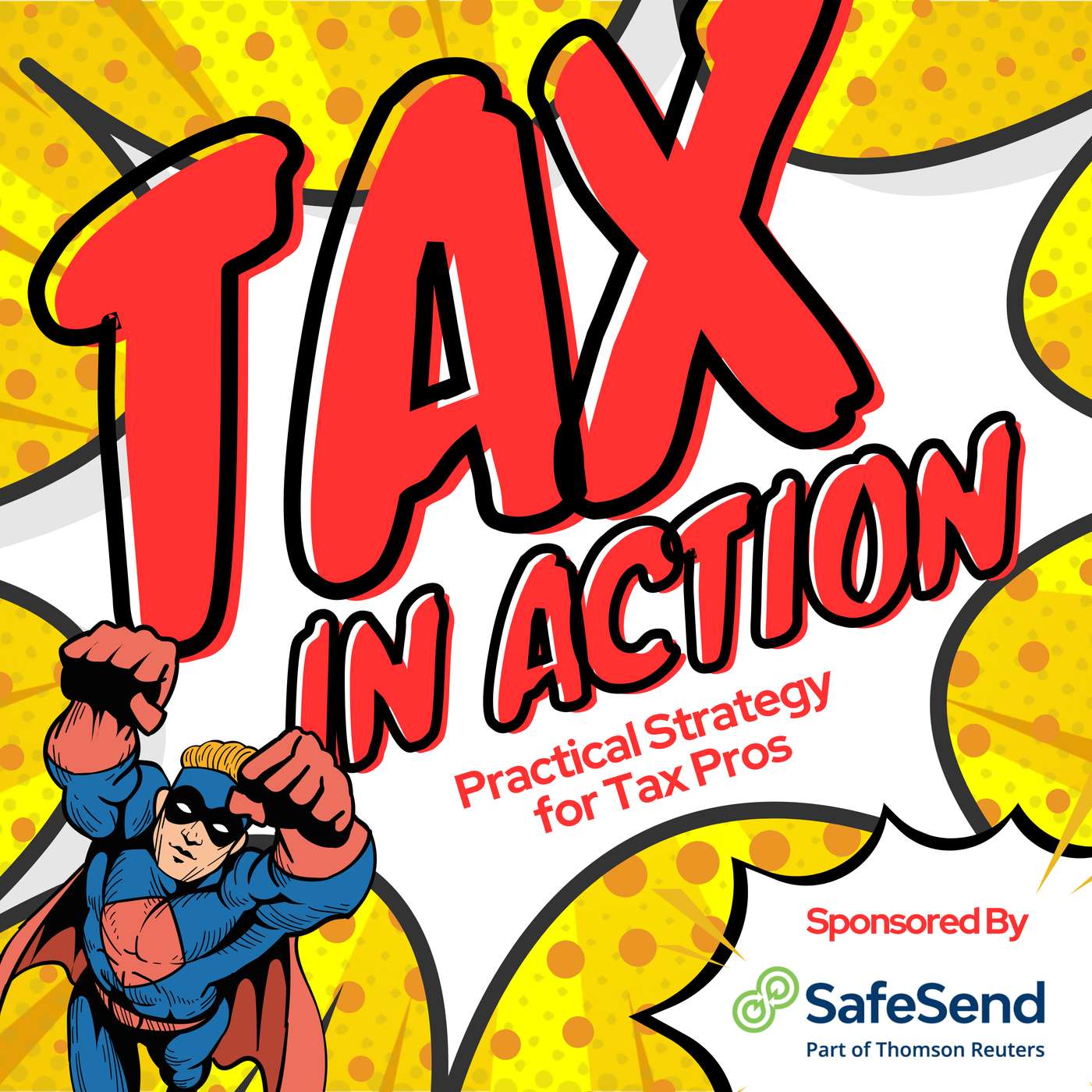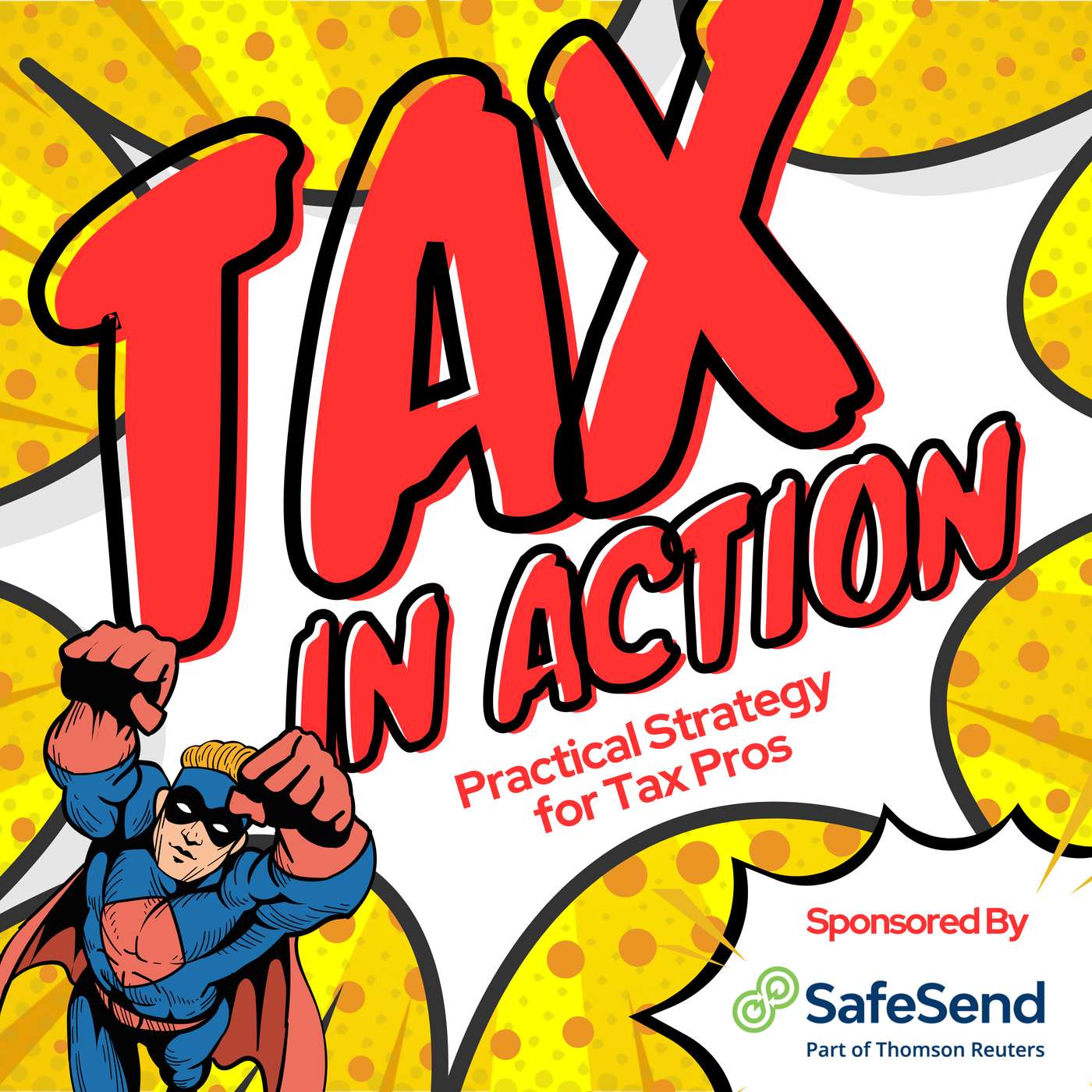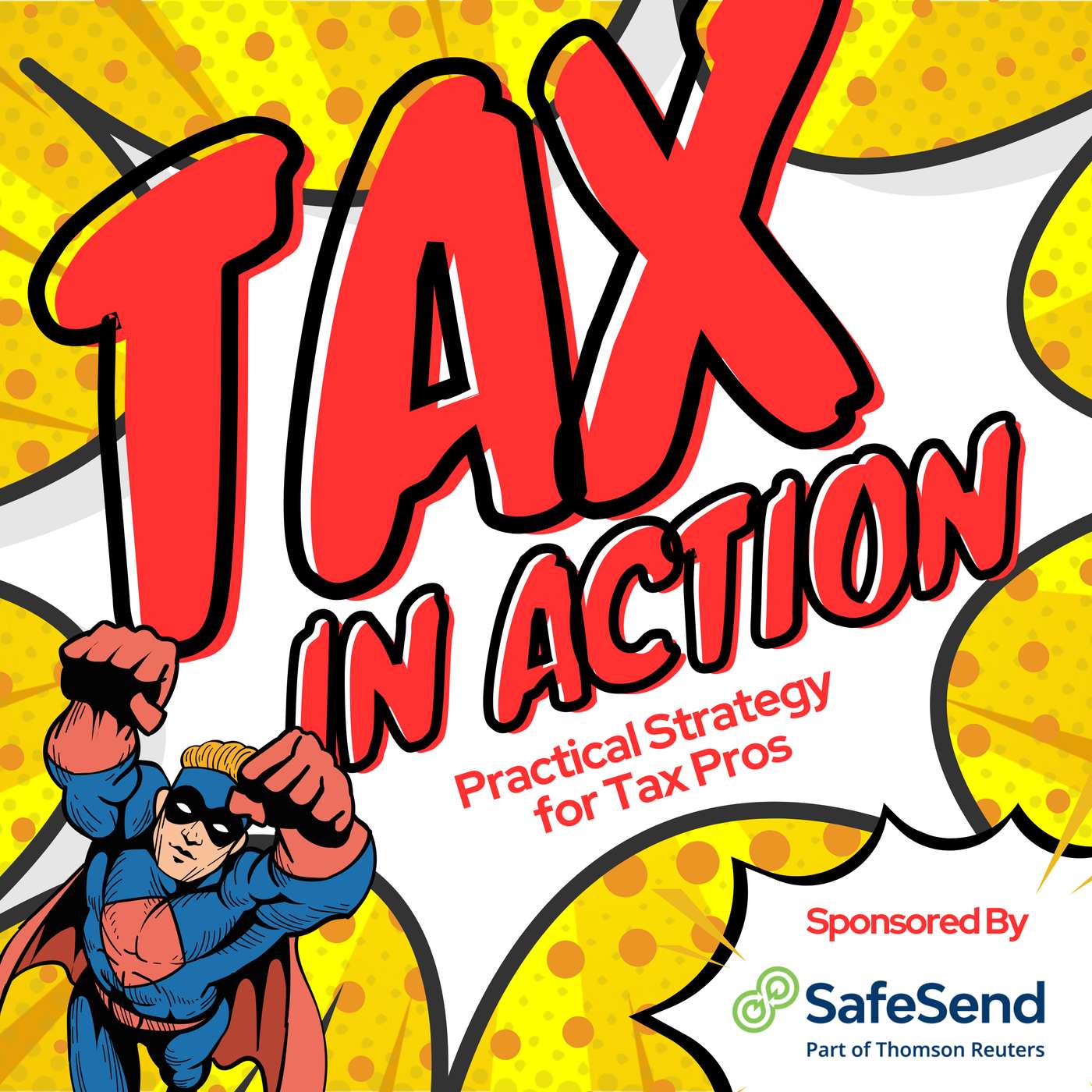Cracking the R&D Tax Credit Code: Section 41 Explained
Update: 2025-05-21
Description
The R&D tax credit offers significant tax-saving potential, yet remains misunderstood by many small business owners and their advisors. Jeremy breaks down the key components of the Section 41 credit, explaining qualified research activities, eligible expenses, and calculation methods. Small service-based businesses might qualify more often than they realize, especially when research activities relate to technological innovation, computer science, or engineering processes.
Sponsors
SafeSend - taxshow.promo/safesend
- (00:00 ) - Introduction to the R&D Credit
- (03:00 ) - Components of the R&D Credit
- (06:00 ) - Defining Qualified Research
- (13:00 ) - Business Components and the Shrinking Back Rule
- (21:35 ) - Non-Qualifying Research Activities
- (25:35 ) - Internal Software and the High Threshold of Innovation Test
- (30:35 ) - Calculating the R&D Credit
- (33:35 ) - Qualifying Wages and Expenses
- (39:35 ) - Contract Research Expenses
- (44:35 ) - Credit Calculation Methods
- (50:35 ) - Payroll Tax Election for Startups
- (52:35 ) - Interaction with IRC Section 174
- (54:35 ) - Special Rules for Partnerships
- (57:35 ) - Common Myths and Final Thoughts
Connect with Jeremy
https://www.linkedin.com/in/jwellstax
https://www.steadfastbookkeeping.com
Subscribe on YouTube
https://www.youtube.com/@TaxinAction
Earn CPE for Listening to This Podcast
https://www.earmark.app/
This podcast is a production of the Earmark Media
Comments
In Channel

